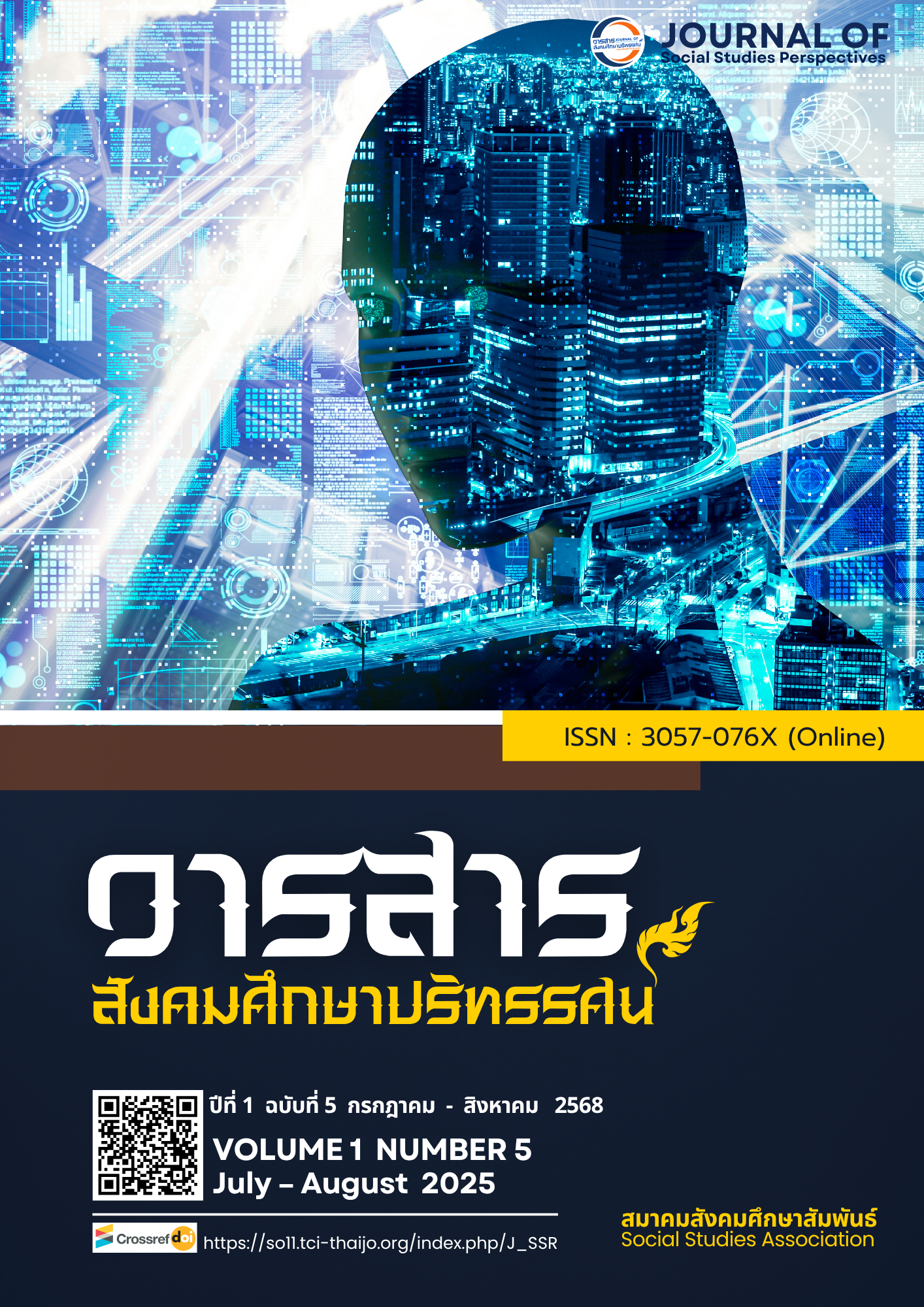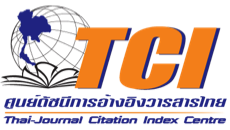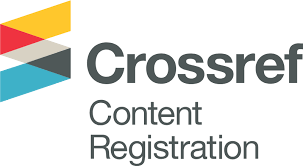THE DESIGN AND CREATIVE PRESENTATION OF INSTRUCTIONAL MEDIA USING AI WEPIK TO ENHANCE LEARNERS' COGNITIVE SKILLS
DOI:
https://doi.org/10.64186/jsp1553Keywords:
Instructional media, AI Wepik, Cognitive skillsAbstract
This article explores the design and presentation of innovative instructional media using artificial intelligence (AI) technology through the online platform AI Wepik to enhance learners' cognitive skills in the 21st century. Cognitive skills encompass the development of knowledge and higher-order thinking abilities, such as memory, comprehension, analysis, and evaluation. AI Wepik, powered by AI technology, enables educators to create high-quality and visually appealing instructional materials. The platform offers various features, including customizable templates tailored to specific content needs, flexible editing functions, and AI-driven algorithms that suggest optimal design layouts. Additionally, AI Wepik can quickly generate illustrations and graphics, facilitating the selection of media components that capture learners' attention and align with educational content. Moreover, this AI-powered tool fosters analytical thinking, synthesis, creativity, and innovative thinking-key competencies in an era of rapid technological advancement. The integration of AI in instructional media design enhances the efficiency and flexibility of content presentation, making learning materials more engaging. This, in turn, increases student participation and improves the overall effectiveness of the learning process.
References
Adobe. (2024, December 22). Creating stunning graphics with Adobe Spark. https://spark.adobe.com/
Anderson, L. W., Krathwohl, D. R., Airasian, P. W., Cruikshank, K. A., Mayer, R. E., Pintrich, P. R., Raths, J., & Wittrock, M. C. (2001). A taxonomy for learning, teaching, and assessing: A revision of Bloom’s taxonomy of educational objectives. Pearson.
Appscribed. (2024, December 22). Wepik AI: Features, pricing, alternatives, and more. https://www.appscribed.com
Bamroongcheep, U. (2023). Creative innovation for learning towards digital citizenship. Chonburi Publishing.
Bloom, B. S. (Ed.), Engelhart, M. D., Furst, E. J., Hill, W. H., & Krathwohl, D. R. (1956). Taxonomy of educational objectives, handbook I: The cognitive domain. David McKay Co Inc.
Brown, T. (2009). Change by design: How design thinking creates new alternatives for business and society. Harper Business.
Canva. (2024, December 22). Canva: Design, photo & video editing. https://www.canva.com/
Churches, A. (2008, December 22). Bloom's digital taxonomy. https://www.pdst.ie/sites/default/files/BloomDigitalTaxonomy-AndrewChurches.pdf
Institute for the Promotion of Teaching Science and Technology. (2024, January 2). Background of design thinking. https://designtechnology.ipst.ac.th/
Mayer, R. E. (2009). Multimedia learning. Cambridge University Press.
Ministry of Digital Economy and Society. (2019, January 9). Ministry of Digital Economy and Society. http://lms.nhrc.or.th/ulib/dublin.php?ID=10558
Morningdough. (2024, January 2). Wepik review: Key features & pricing. https://www.morningdough.com
Papert, S. (1980). Mindstorms: Children, computers, and powerful ideas. Basic Books.
Praphinphongsakorn, S., Kaewphanuek, S., & Rattanawongsa, R. (2018). The presentat
ion of a workshop-based training model using online tools to promote digital literacy skills. PULINET Journal, 5(3), 98–106.
Reigeluth, C. M. (2012). Instructional design theories and models: An overview of their current status. Routledge.
Slavin, R. E. (1995). Cooperative learning: Theory, research, and practice. Allyn & Bacon.
Tantirajanawong, S. (2017). The direction of education management in the 21st century. Veridian E-Journal Silpakorn University (Humanities, Social Sciences, and Arts), 10(2), 2843–2854.
VistaCreate. (n.d.). How to create beautiful designs. https://create.vista.com/
Wepik. (2024, January 12). Design made easy for your business. https://wepik.com/
Downloads
Published
How to Cite
Issue
Section
Categories
License
Copyright (c) 2025 Journal of social studies perspectives

This work is licensed under a Creative Commons Attribution-NonCommercial-NoDerivatives 4.0 International License.
The article is published under the Creative Commons Attribution-NonCommercial-NoDerivatives 4.0 International (CC BY-NC-ND 4.0) license, which allows others to share the article while giving appropriate credit to the author. It prohibits the use of the article for commercial purposes or the creation of derivative works. Any other reuse or reproduction requires permission from the journal.









